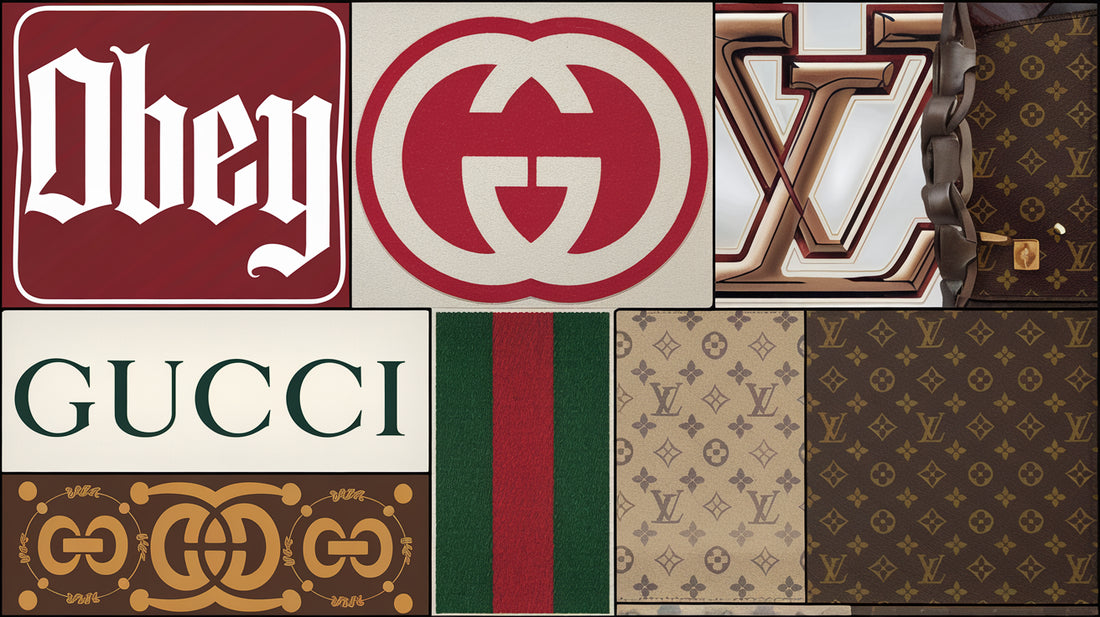A "collectible" is an item that is valued for more than its primary function, possessing qualities that make it sought after by collectors. The concept applies across various categories—from fashion and art to sports memorabilia and toys. When it comes to clothing, collectibles often have characteristics that set them apart from mass-produced items. Let’s explore what these key characteristics are.
1. Rarity and Limited Production
One of the defining traits of a collectible is rarity. Items that are produced in limited quantities are often more desirable because fewer people can own them. This exclusivity can drive demand, making the piece valuable in the eyes of collectors. In fashion, this might involve limited-edition releases, special collaborations, or even one-off items.
2. Cultural or Historical Significance
Collectibles often gain value due to their connection to a specific event, time period, or cultural movement. For example, clothing associated with a notable event, such as a concert tour or a collaboration with a prominent artist, may qualify as a collectible due to its cultural relevance. Vintage pieces can also fall under this category if they represent a significant historical moment in fashion.
3. Condition and Originality
The condition of an item is a critical factor in determining its collectible status. Pieces kept in mint condition or with their original packaging can be significantly more valuable. In the world of clothing, this might mean items that still have their original tags, are unworn, or show minimal signs of wear.
4. Brand or Designer Association
Certain brands or designers carry a reputation that elevates their items to collectible status. High-end fashion brands, streetwear labels known for exclusive drops, or even iconic designers with a storied history can add to an item’s appeal. The more renowned the creator or brand, the more likely the item is to be considered a collectible.
5. Potential for Appreciation in Value
Another factor that qualifies an item as a collectible is its potential to appreciate over time. Many collectors are also investors, looking for items that will increase in value. Limited-edition items, exclusive collaborations, or pieces tied to popular culture can often see a rise in market value, making them lucrative collectibles.
Why Are Collectibles Important?
Collectibles play a crucial role in preserving cultural and historical moments. In fashion, they allow enthusiasts to own a piece of history or culture while expressing their personal style. Whether it's for the sake of nostalgia, investment, or appreciation of design, collectibles provide value beyond mere functionality.
Conclusion
An item qualifies as a collectible when it possesses rarity, cultural significance, association with a notable brand or designer, or potential for value appreciation. By understanding these characteristics, collectors can make more informed decisions about which pieces to acquire, ensuring that their collections are not only valuable but meaningful as well.

